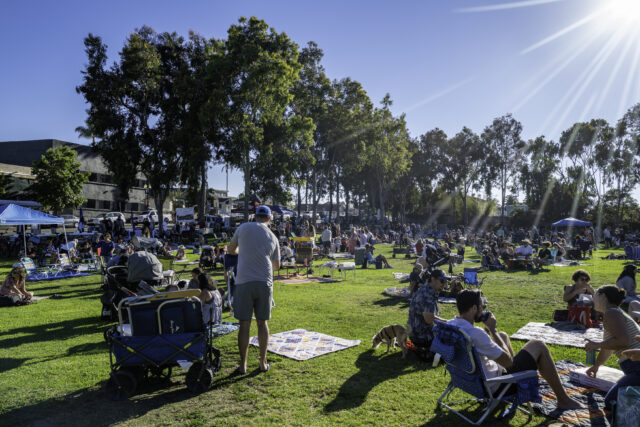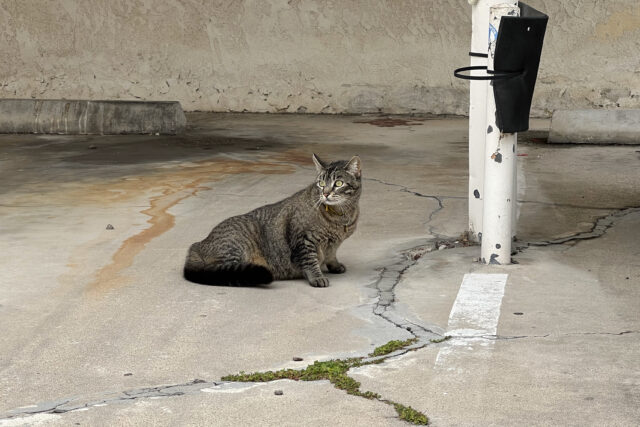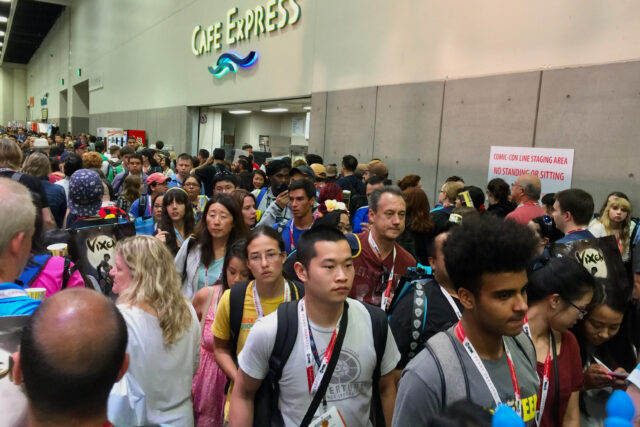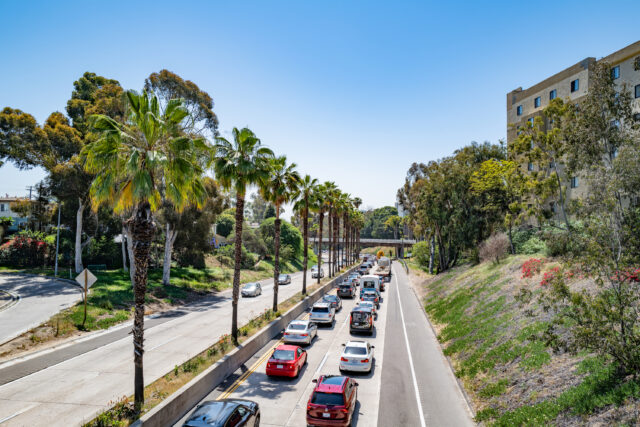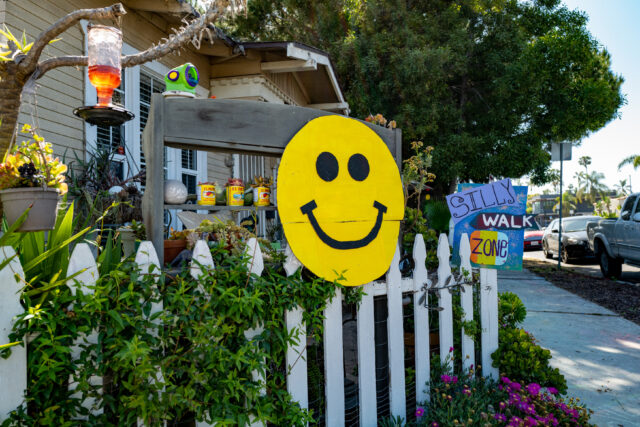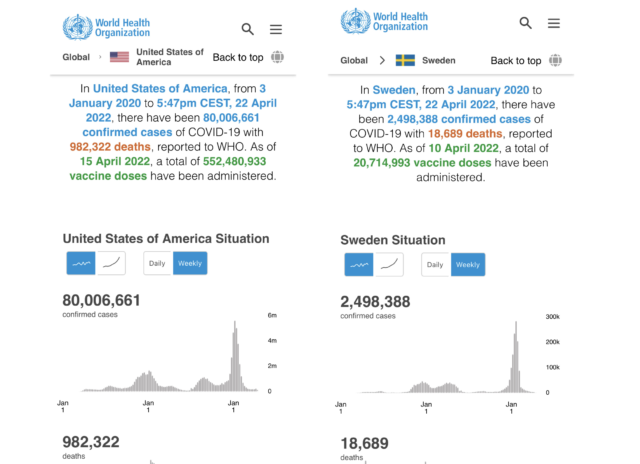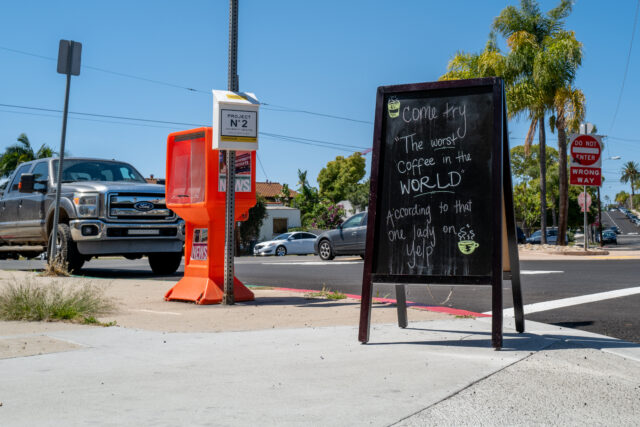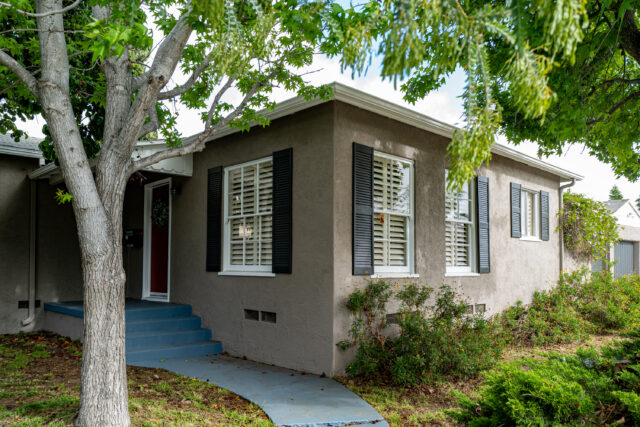This evening, after a two-year hiatus because of SARS-CoV-2 (severe acute respiratory syndrome Coronavirus 2)/COVID-19 lockdowns (and fear), Friday-night Trolley Barn Park musical concerts resumed here in University Heights.
I passed by minutes before the players took the stage and while people settled in for a pleasant evening shared listening and commiserating. Temperature was a comfortable 22 degrees Celsius (72 F). Even now, as I write, 20 degrees (68 F) refreshes park-goers.
